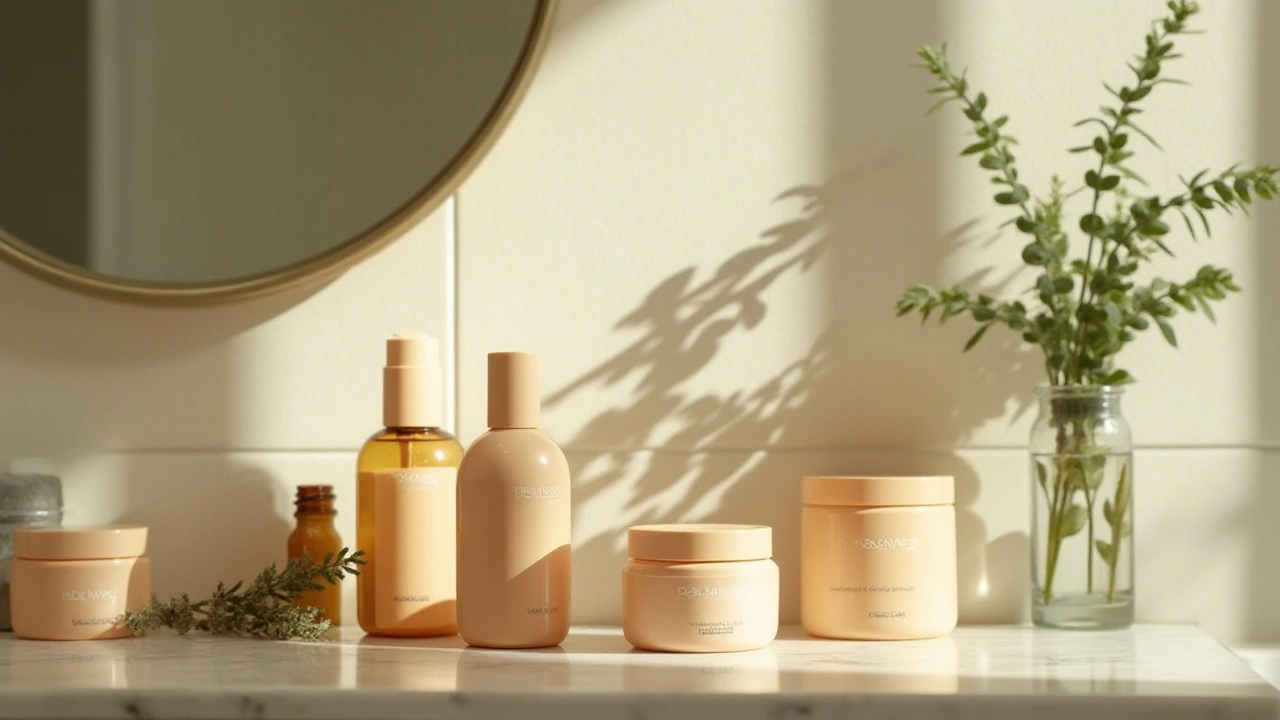Acne Control: Practical Steps You Can Start Today
Want fewer breakouts without wasting time or money? Acne reacts to simple habits and the right products. You don't need a long list of miracle cures—just clear steps that reduce oil, unclog pores, and calm inflammation.
Daily routine that actually helps
Keep your routine short and consistent. Cleanse twice a day with a gentle, non-stripping cleanser. Over-washing makes oil glands work harder, so avoid aggressive scrubs. After cleansing, use a product with either salicylic acid (good for clogged pores) or benzoyl peroxide (kills acne bacteria). Use one active at a time so you can tell what helps.
Moisturize even if your skin feels oily—look for a lightweight, non-comedogenic moisturizer. If you use a benzoyl product, remember it can bleach towels and pillowcases. Retinoids (adapalene or tretinoin) help speed cell turnover and prevent new pimples; start slowly, use at night, and wear sunscreen during the day because retinoids increase sun sensitivity.
Treatments that work and what to expect
Over-the-counter options: salicylic acid (0.5–2%) and benzoyl peroxide (2.5–10%) are reliable first steps. Azelaic acid and niacinamide reduce redness and even skin tone. For stubborn or inflamed acne, a doctor may prescribe topical antibiotics, oral antibiotics, hormonal therapy for people with cycles, or oral isotretinoin for severe cystic acne.
Want a quick fix for a whitehead? Use a small amount of benzoyl peroxide or a hydrocolloid patch overnight. For deep, painful nodules, don’t squeeze—see a clinician for a steroid injection or other in-office treatment.
Small lifestyle changes matter: switch to low-glycemic carbs, cut back on skim milk if you notice a link, sleep more, and manage stress. Keep hair off your face, wash pillowcases every few days, and avoid heavy makeup or oil-based sunscreens. If bumps persist despite proper acne care, consider fungal acne—this looks like uniform small bumps and can respond to antifungal shampoo (e.g., ketoconazole) used as a cleanser in short cycles.
Be careful with steroid use—systemic or topical steroids can cause acne-like breakouts. If you use any steroids or supplements and notice sudden worsening, tell your doctor.
Results take time. Expect 6–12 weeks to see meaningful changes with most treatments. If acne leaves scars or you feel stressed or depressed by it, get a referral to a dermatologist sooner. Treating early and correctly cuts down scarring risk and gets you back to feeling like yourself.
Want help choosing products or building a routine based on your skin type? Reach out to a pharmacist or dermatologist who can tailor options to your needs.
Top 10 Isofair Alternatives for Acne Treatment in 2024
Explore the leading alternatives to Isofair for acne treatment in 2024. These top 10 alternatives offer a variety of approaches, from masks and kits to herbal spot treatments and moisturizers, catering to different skin types and needs. Whether you're looking for natural ingredients, quick results, or affordable options, this comprehensive guide will help you choose the best solution for your skin concerns. Each alternative is thoroughly assessed with pros and cons to aid in your decision-making process.
- View More
- 10

